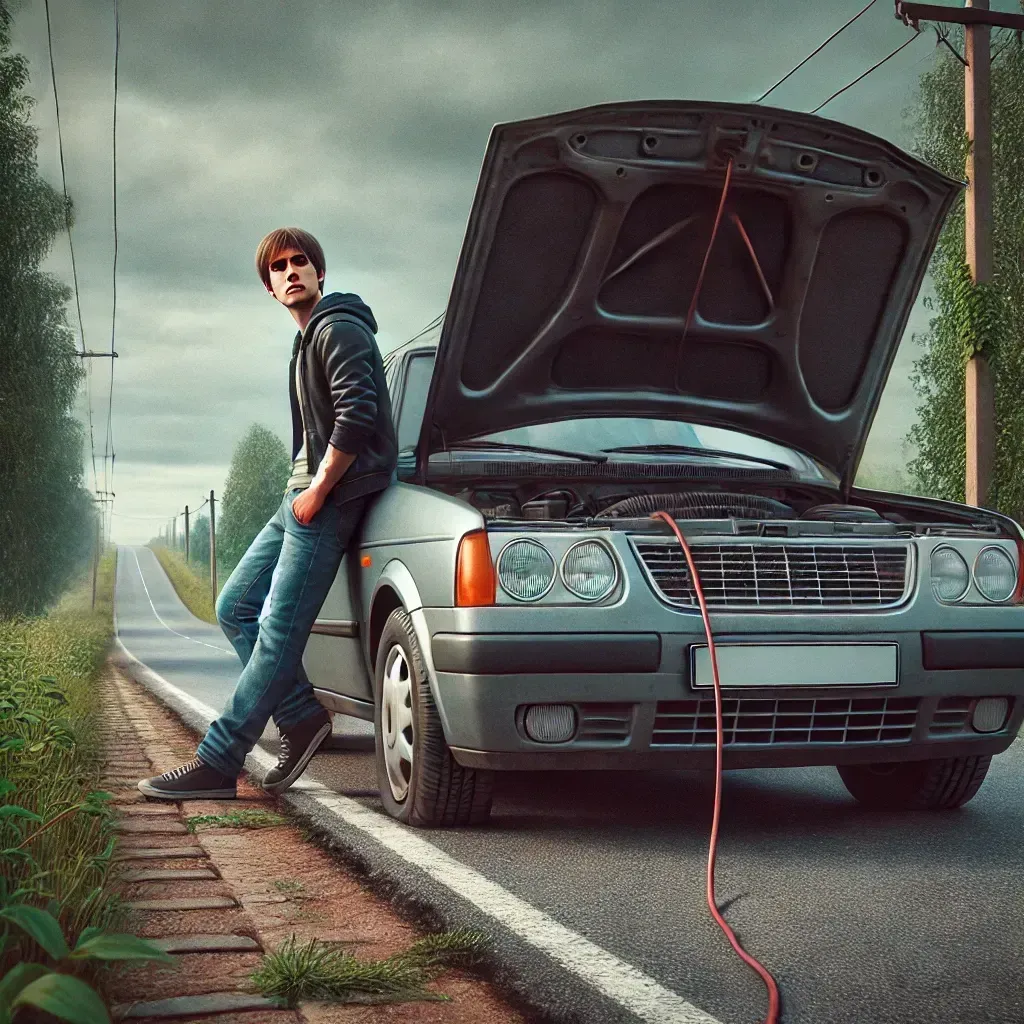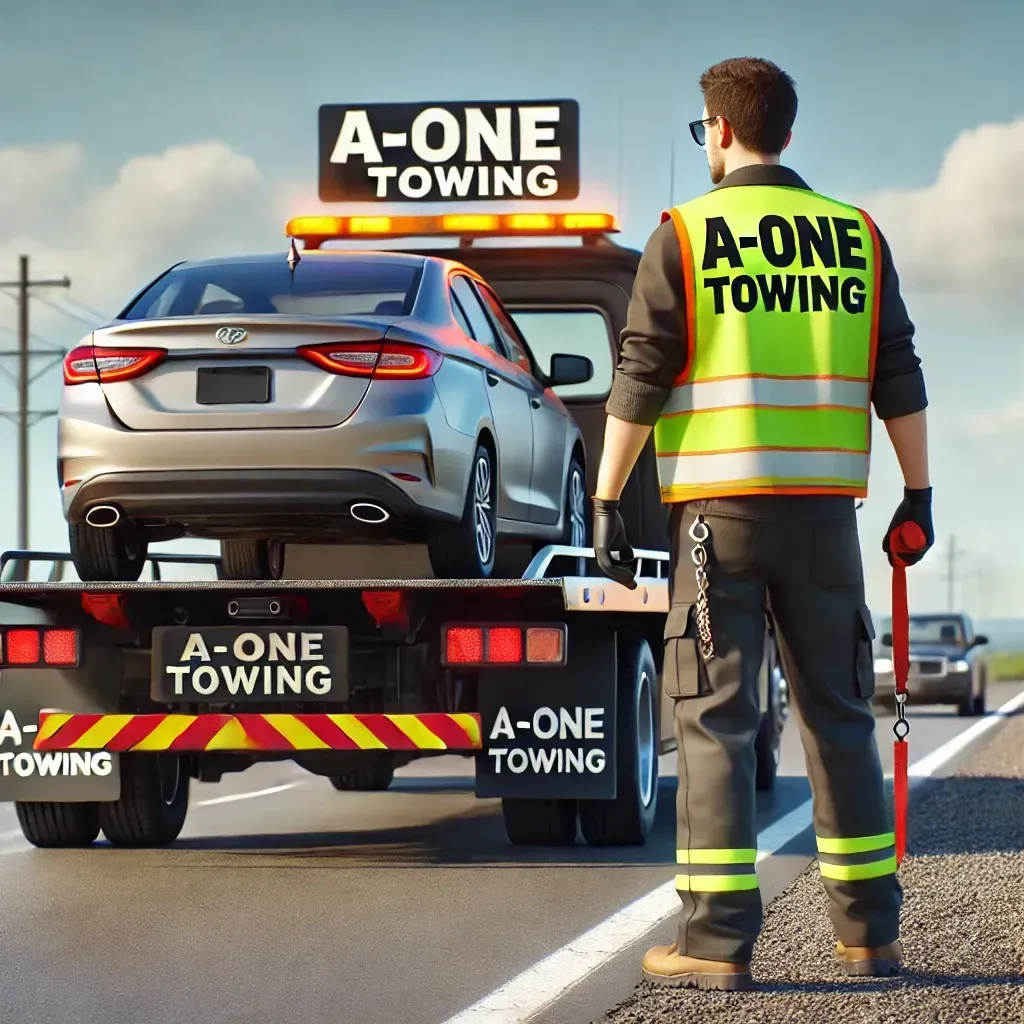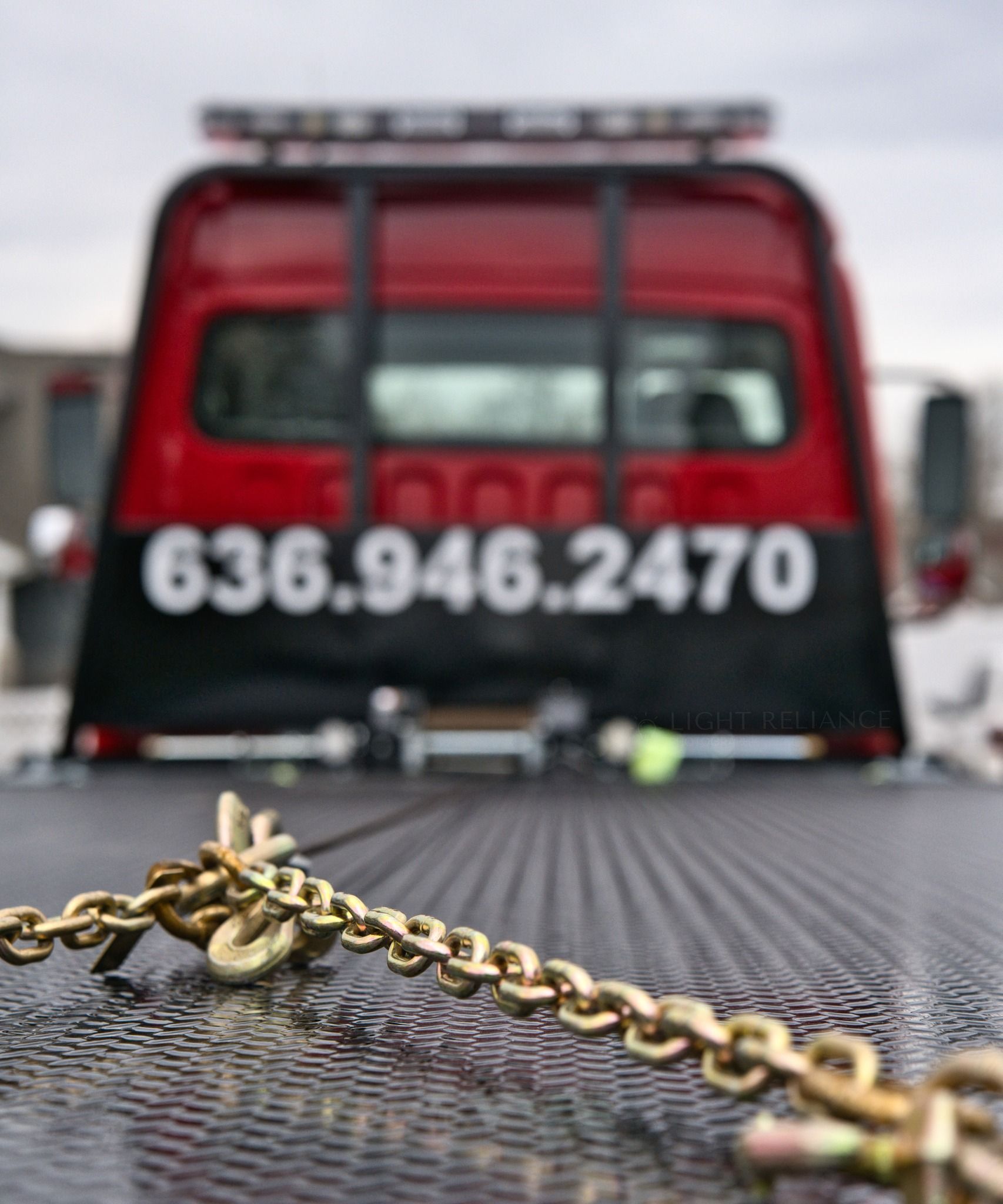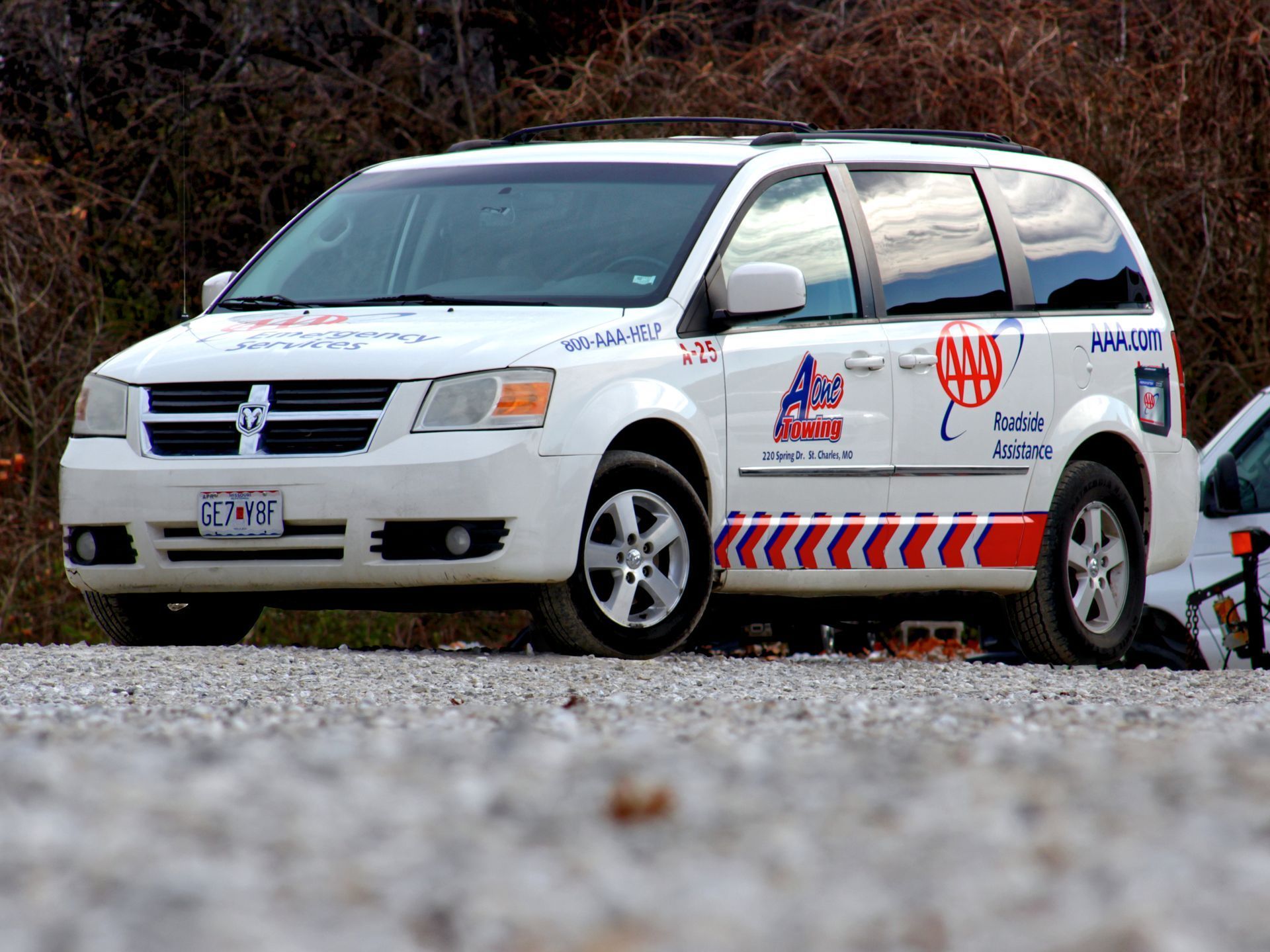Tire Changes: A Roadside Emergency Essential
Mastering Tire Changes: A Roadside Emergency Essential
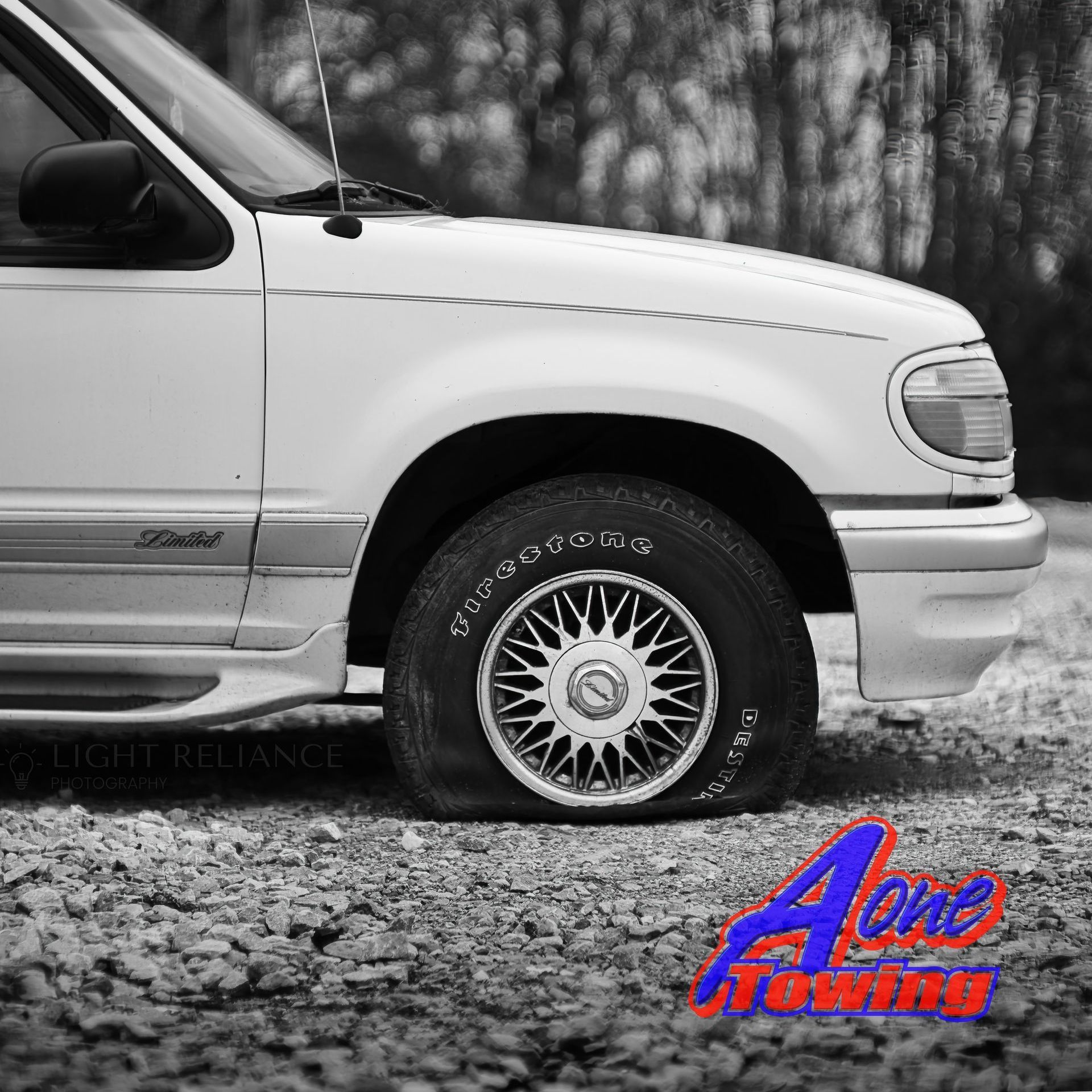
Picture this: you're driving down the highway, enjoying a smooth ride, when suddenly, you hear a loud pop. Your heart sinks as you realize you've got a flat tire. While it's an inconvenience we all hope to avoid, knowing how to perform a tire change is a crucial skill for every driver. In this article, we'll explore the importance of mastering tire changes and offer some tips to help you tackle this roadside emergency like a pro.
1. Safety First
Before you dive into changing a flat tire, ensure your safety and that of your passengers. Move your vehicle to a safe location, preferably away from traffic. Turn on hazard lights, and use reflective triangles or flares if you have them. Always park on a level surface, engage your parking brake, and put your car in gear or "park."
2. Gather the Right Tools
To successfully change a tire, you'll need a few essential tools: a jack, a lug wrench, your spare tire, and your vehicle's owner's manual for guidance. Most cars come equipped with these tools, often stored in the trunk or beneath the cargo floor.
3. Step-by-Step Tire Change
Now, let's get to the tire change itself:
- Loosen the lug nuts: Before lifting the car, slightly loosen the lug nuts (but don't remove them entirely) using the lug wrench. This will make it easier to remove them later.
- Lift the car: Place the jack in the recommended lifting point as per your owner's manual, and slowly raise the vehicle until the flat tire is off the ground.
- Remove the flat tire: Completely remove the loosened lug nuts and take off the flat tire.
- Install the spare: Carefully mount the spare tire onto the wheel studs.
- Tighten the lug nuts: Hand-tighten the lug nuts as much as possible. Then, use the lug wrench to securely fasten them in a crisscross pattern.
- Lower the car: Slowly lower your vehicle using the jack until it's resting on the ground.
- Finish tightening the lug nuts: With the car safely on the ground, give the lug nuts one final tightening to ensure they are secure.
4. Check and Maintain
Remember, your spare tire is a temporary solution. After a tire change, it's essential to have your damaged tire repaired or replaced and the spare tire properly inflated. Regularly inspect your tires for wear and tear to prevent future flats.
Mastering the art of tire changes can save you from being stranded on the roadside and give you peace of mind while on the road. Practice the steps outlined here, and you'll be well-prepared to tackle this common roadside emergency with confidence. If you're ever unsure or uncomfortable changing a tire, don't hesitate to call a professional towing service for assistance.
Stay safe on the road, and remember that a well-executed tire change can be a true roadside lifesaver.
Recent Posts
